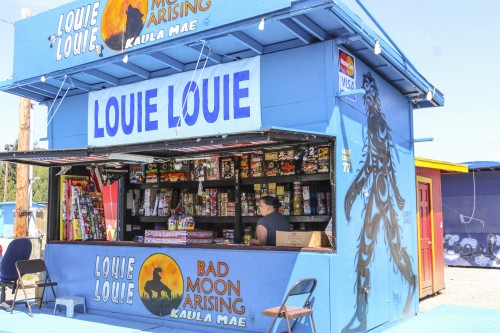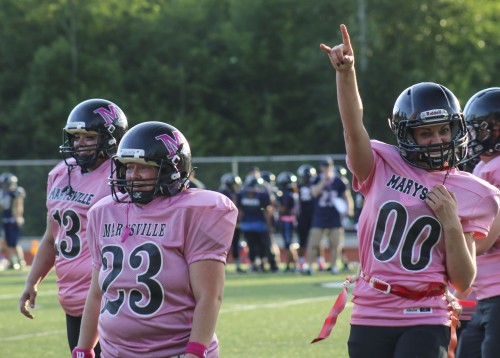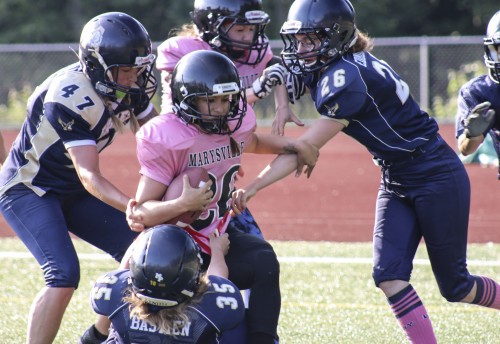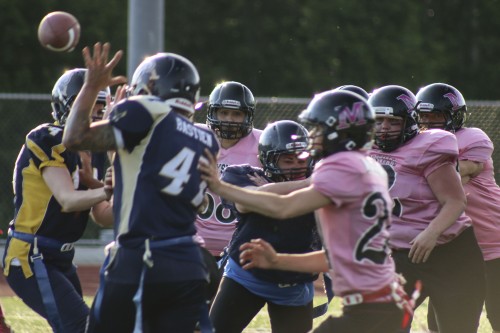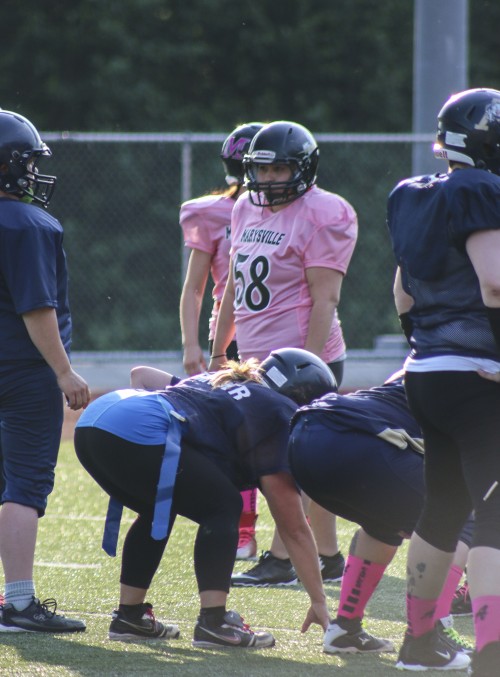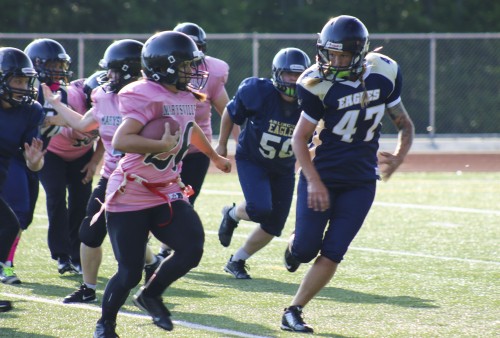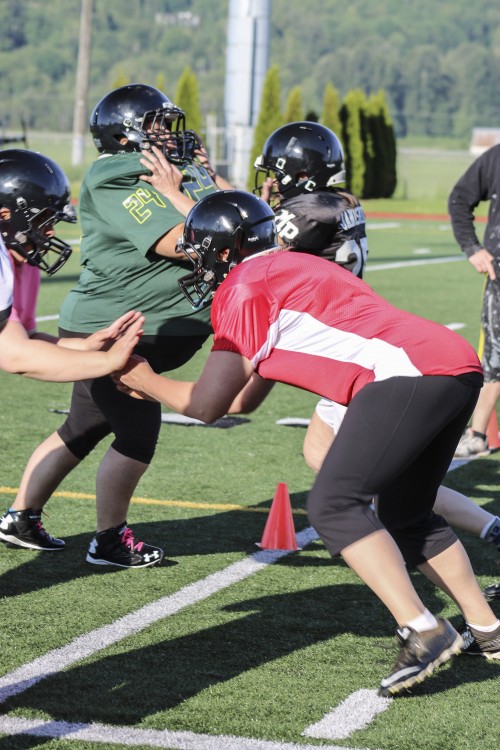By Julia Hill, BioNews 807
New DNA evidence has reignited a longstanding debate over the ownership of a 9000-year-old skeleton, known as Kennewick Man.
After its chance discovery in 1996, Kennewick Man was claimed as an ancestor by local groups of Native Americans, who wanted to rebury the remains. However, they were blocked from doing so by a group of scientists who questioned their assertion and won the legal right to study the skeleton.
Genetic analysis has now shown the skeleton to be more closely related to Native Americans than to any other group.
‘The trail from past to present is often poorly marked in the archaeological record,’ commented co-author David Meltzer from the University of Dallas. ‘With the recovery and careful analysis of ancient DNA, we can better follow that trail: in Kennewick’s case, it leads unerringly to Native Americans.’
During the study, published in Nature, scientists extracted fragments of DNA from 200 milligrams of a hand bone and patched them together to construct a whole genome. They then sequenced this genome and compared it with samples from across the world.
Although the DNA within the bone was highly degraded and mixed with DNA from soil bacteria and other sources, the scientists are confident that the results are correct: the DNA from the skeleton is closer to that from the Confederated Tribes of the Colville Federation than to any of the other samples they compared it with.
The results were supported by matches in the autosomal DNA, mitochondrial DNA, and the Y chromosome.
Kennewick man was originally found in the Columbia River, near Kennewick, Washington. Over 350 bones and bone fragments were found, and the skeleton is one of the most complete for its age.
Anthropologists originally determined that the skeleton had ‘Caucasoid’ features and was a historic-period Euro-American. However, radiocarbon dating placed the skeleton of Kennewick Man at 8500-9000 years old, making him pre-Columbian.
This led to a legal battle between scientists who wished to study the remains and local Native American tribes who believed the skeleton – whom they call the Ancient One – to be an ancestor.
Under the Native American Graves and Repatriation Act (NAGPRA), five tribes requested the bones be returned to them for burial. However, anthropologists argued that the skeleton could provide a unique insight into America’s early inhabitants, and in 2004 it was ruled that scientists had the right to study the remains because the origin of the skeleton could not be proved.
Jim Boyd of the Colville Tribe told the BBC that he is very pleased with the outcome of the genetic analysis: ‘We’ve maintained the belief at the Colville Community tribes that the Ancient One is a relative of ours. This is proven now and we are very happy about this.’
It is not yet known what impact these findings will have on the fate of the remains, but the Colville tribe and others are continuing their legal case and hope that the study results will strengthen their case.
‘We need the Ancient One to be respected and returned to the ground,’ Boyd said.








